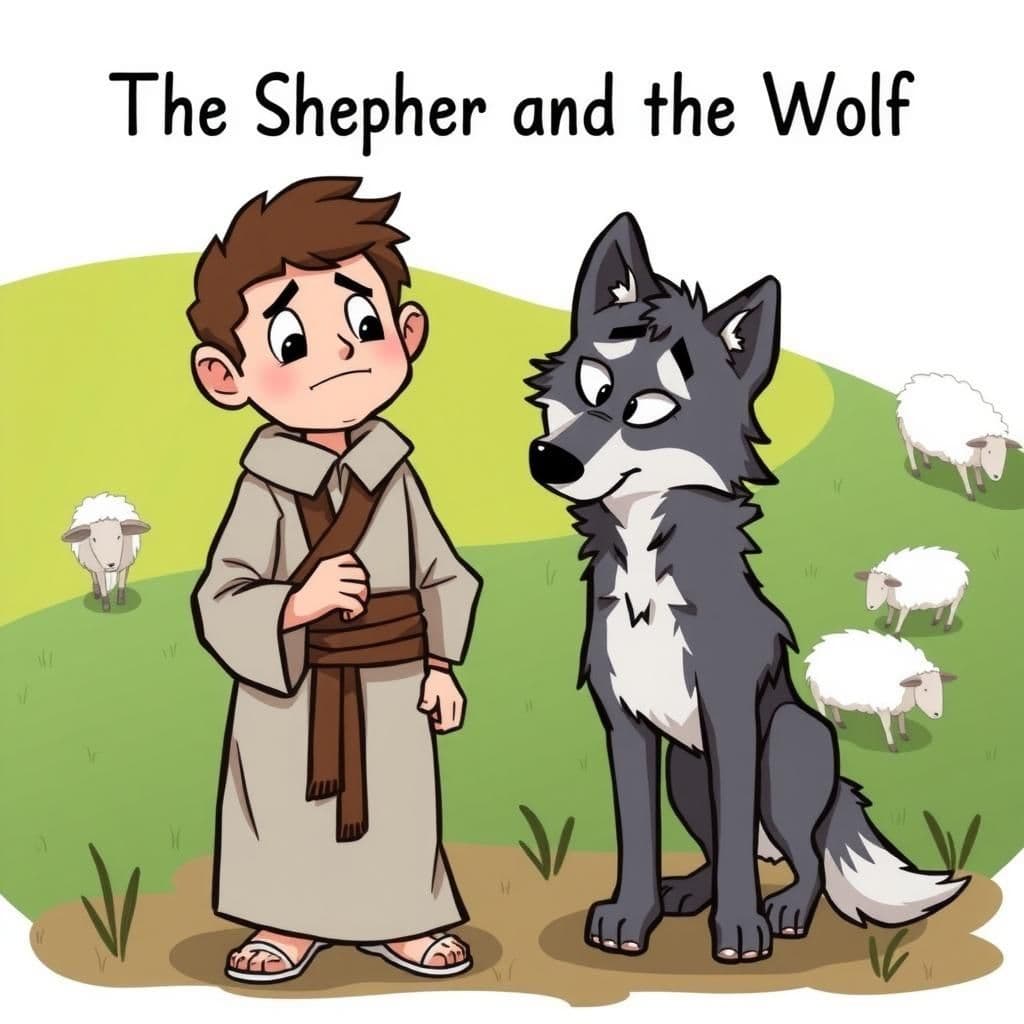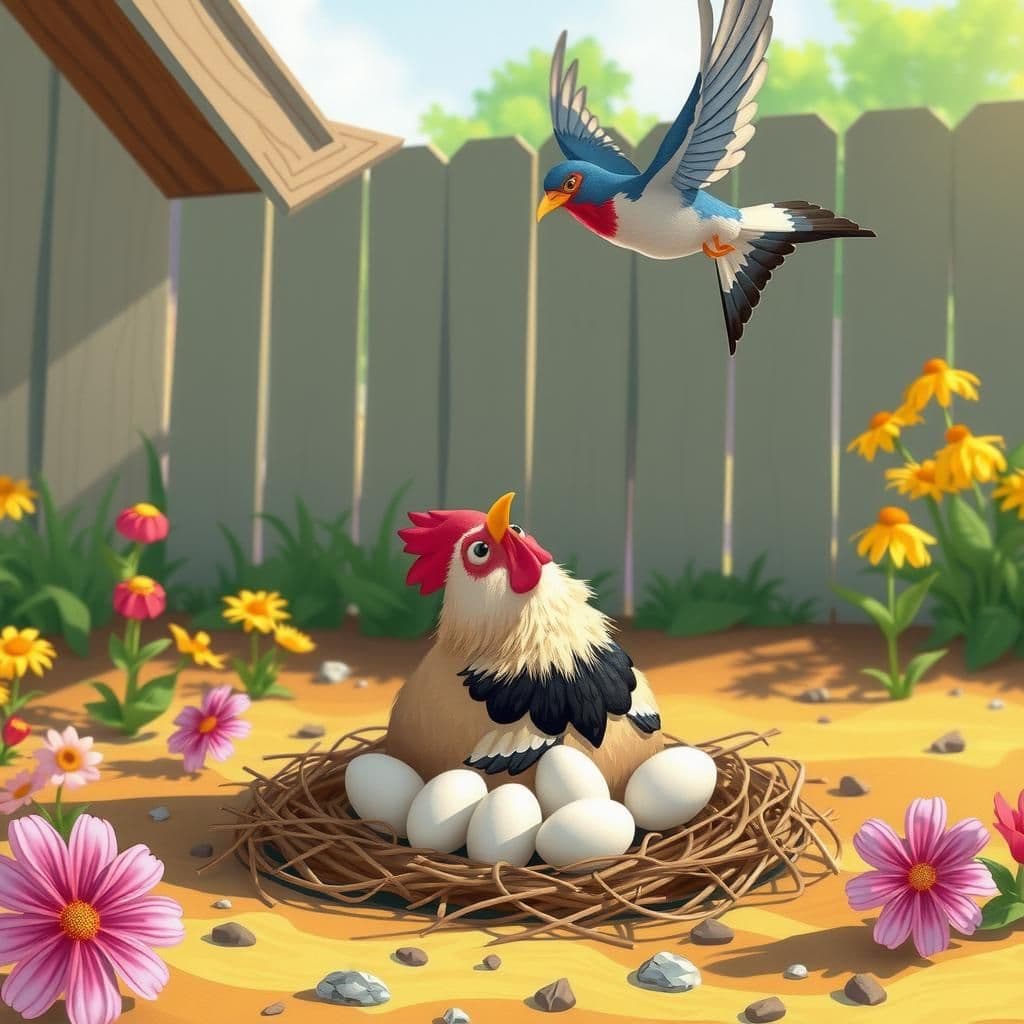The Thirsty Pigeon

Story Summary
In "The Thirsty Pigeon," a moral story that serves as a cautionary tale for children, a pigeon, desperate for water, mistakenly believes a painted goblet on a signboard is real and crashes into it, injuring herself. Captured by a bystander, her plight illustrates the importance of discretion over impulsive actions, making it a valuable lesson found in motivational stories with moral for class 7.
Click to reveal the moral of the story
The moral of the story is that eagerness or zeal should be tempered with caution and discernment.
Historical Context
This fable, attributed to Aesop, reflects themes of desire and the consequences of impulsive actions, common in ancient Greek storytelling. The tale has been retold across cultures, emphasizing the moral that one should exercise caution and judgment rather than being driven solely by overwhelming passion or need. It serves as a timeless reminder of the importance of balancing zeal with careful consideration.
Our Editors Opinion
In modern life, this story serves as a cautionary reminder to balance ambition and eagerness with careful consideration and critical thinking. For instance, in a rush to secure a job, a candidate might hastily apply for multiple positions without researching the companies, only to find themselves in a role that doesn't align with their values or skills, leading to dissatisfaction and setbacks.
You May Also Like

The Grasshopper and the Ant
In the thought-provoking moral story "The Grasshopper and the Ant," a hungry Grasshopper seeks food from an Ant during winter, lamenting that his supplies were taken by the Ants. The Ant questions why the Grasshopper did not prepare for the cold instead of spending the summer singing. This short tale with a moral highlights the lessons learned from stories about the importance of preparation and hard work.

The Shepherd and the Wolf
In this thought-provoking moral story, a shepherd raises a wolf cub and teaches it to steal lambs from nearby flocks. As the wolf becomes adept at thievery, it warns the shepherd that his own teachings may lead to his downfall, highlighting the unexpected consequences of one's actions. This tale is a powerful addition to short story collections with moral lessons, showcasing the importance of being mindful of the values we instill.

The Hen and the Swallow
In "The Hen and the Swallow," a hen nurtures viper eggs, oblivious to the danger they pose, which serves as a timeless moral story highlighting the folly of nurturing harmful beings. The swallow warns her of the impending threat, illustrating a simple lesson from stories about the consequences of ignorance. This fable joins the ranks of popular moral stories, emphasizing the importance of discernment in our choices.
Other names for this story
Thirsty Bird, The Pigeon’s Pursuit, Water Woes, The Goblet Illusion, A Pigeon’s Misstep, Discretion Over Desire, Quenching a Dream, The Water Trap
Did You Know?
This fable illustrates the dangers of misinterpretation and the importance of cautious judgment; the pigeon's eagerness for water led her to a painful lesson about the difference between illusion and reality. It serves as a reminder that haste can lead to unintended consequences, urging a balance between ambition and careful consideration.
Subscribe to Daily Stories
Get a new moral story in your inbox every day.